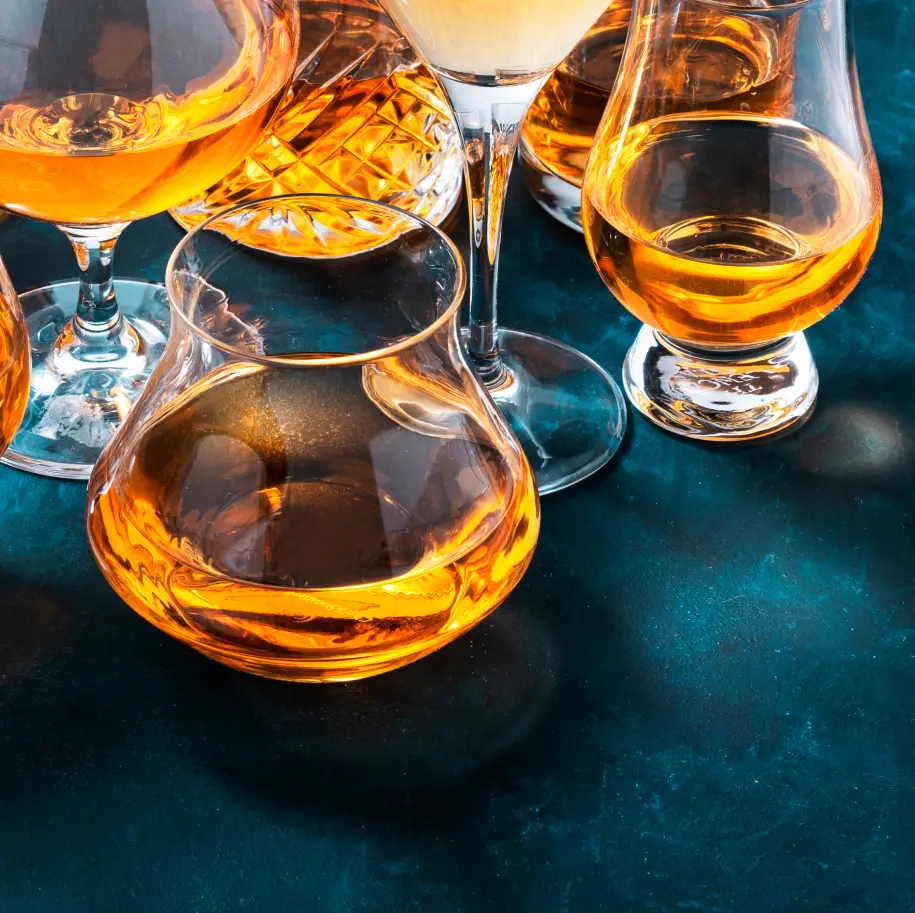
Scotch Whisky.
In Scottish Gaelic whisky is commonly known as Uisge beatha which means “life’s water”. Whisky is an integral part of Scottish craftsmanship and culture. Whisky has been produced since 1494, and it has evolved into the elegant, modern whiskies we appreciate today. Pioneers like Johnnie Walker and James Chivas brought Scotch to the rest of the globe in the nineteenth century. A fortunate break for the wine industry following the Phylloxera insect’s eradication of French vineyards in the 1880s. Wines and brandies were all but gone within a few years, and entrepreneurial Scots were there to reap the rewards and sell their wares throughout the world.
In the 1920s, whisky was excluded from prohibition if it was recommended for medicinal reasons, Winston Churchill notably exploited this loophole. As distillers looked for ways to export their products and help the ailing post-war economy, World War II would shape the industry as we know it today. The Scotch whisky industry is growing, with 42 bottles (70cl @ 40% ABV) exported every second to 175 countries worldwide, totalling over 1.3 billion bottles each year.
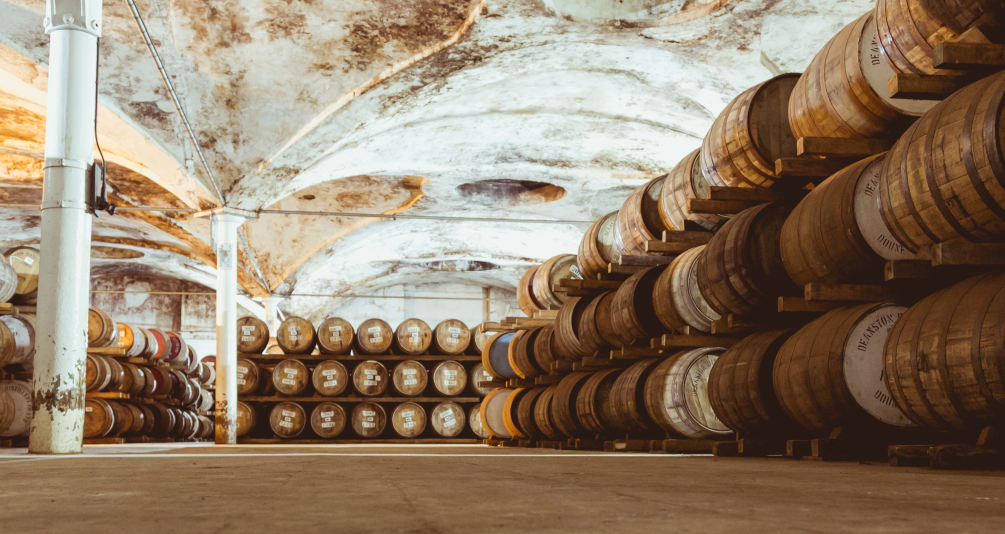
Types of Whisky
While certain whiskies are strictly regulated, others are not and certain conditions must be met. For instance, in order to utilise the term Bourbon on a label it must be made in the U.S. On the other hand, a generically labelled “blended whisky” can be made anywhere and with any ingredients or techniques. Each type has its own particular characteristics that appeal to a diverse group of whisky drinkers.
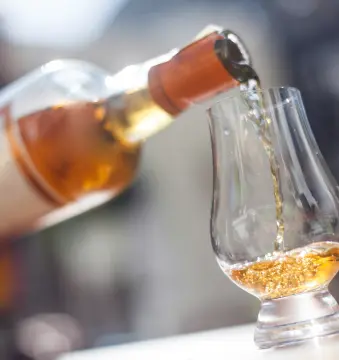
Malt Whisky
Malt whisky is created by combining malted barley, water, and yeast. The liquor is distilled using massive copper pot stills (which can be seen on most distillery excursions). It is casked and kept for at least three years and one day before being designated as whisky. Single malt whisky is produced by a single distillery, whereas blended malt whisky is created by blending two or more distilleries to create a distinct flavour character.
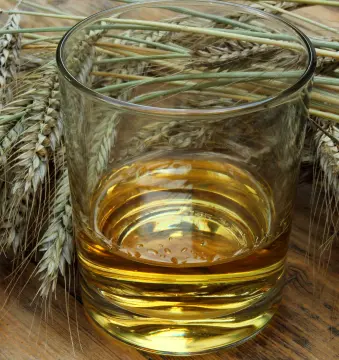
Grain Whisky
Grain whisky is manufactured in a unique way. This time, malted barley, unmalted barley, and other grains (such as maize and wheat) are combined with water and yeast. The resultant liquid is distilled in a tall patent still (also known as a Coffey still), which differs from a traditional pot still in appearance and produces significantly more spirit at a considerably higher strength. This provides significantly more OLA. (Original litres of Alcohol).
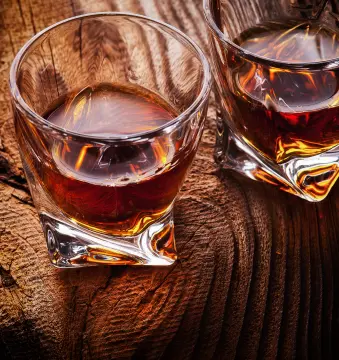
Blended Whisky
Blended whisky is a whisky that is made up of multiple different aged whiskies. It is typically composed of whiskies manufactured from several grains. Blended whiskies are made from Canadian and Irish whiskies, as well as Scotch. It’s also used to describe whiskies that don’t fit into any of the traditional categories. The flavours of a blended whiskey may also be influenced by the hogshead or barrel in which the whisky is stored. When a whisky is aged in a Rioja cask, for example, the whisky will have hints of Rioja characteristics when it is bottled.

Irish Whisky
This whiskey must be made in Ireland, and while single malts are available, the majority are blended. Irish whiskey is typically triple-distilled from unmalted barley and matured for at least three years. This well-known kind is smooth, light, and enjoyable to drink. In recent years, demand for Scotch whisky has surpassed that for Irish whiskey. 93% of Scotch is exported, mostly to American and Asian markets. That is, just 7% is eaten in the UK.
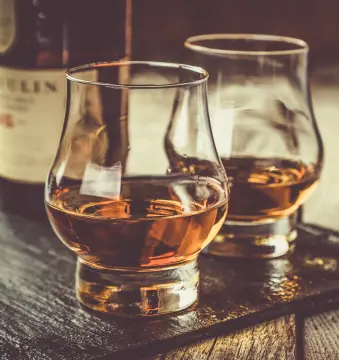
Scotch Whisky
Scotch whisky includes single malts manufactured from malted barley as well as blended whiskies such as grain whisky. The distinctive feature is the smokiness generated by curing the malt over a peat-fueled fire. Single malt whiskies are made in a number of Scottish locations, each with its own particular flavour. Some of the most popular Scotch whiskies are produced in Speyside, Scotland. This is because Speyside whisky lacks smoke and peat flavours. This makes it easier for whisky drinkers to notice the velvety vanilla or caramel aromas.
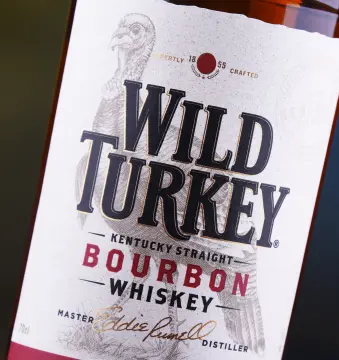
Bourbon Whisky
Only the United States may produce this type of whiskey, and it must meet some of the most strict requirements. It must be made with at least 51% maize, distilled to 160 proof, barrelled to 125 proof, and aged in new charred oak barrels. Bourbon has a wide range of flavours, although the majority of it is robust.
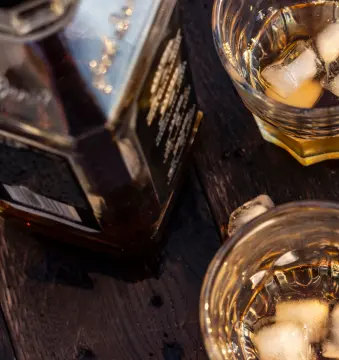
Tennesse Whisky
Tennessee whisky is subject to the same restrictions as bourbon, with the exception that it must be made in Tennessee. It is also exposed to the Lincoln County Technique, a charcoal filtering process that mellows the whisky while giving a charred wood flavour.
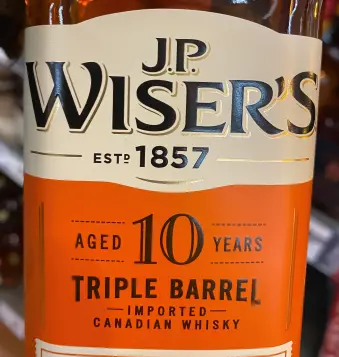
Canadian Whisky
The smooth blended whiskies of Canada are well-known. Despite the fact that rye is a prominent grain, the whiskies utilised in the drinks originate from a variety of sources. A Canadian whisky with 20 or more components, predominantly whisky but also including sherry, is not uncommon.
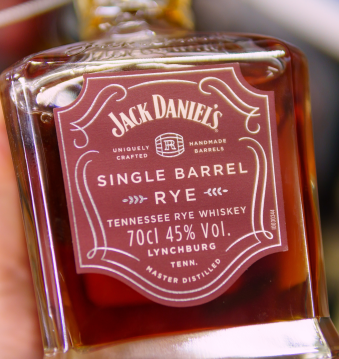
Rye Whisky
Despite the fact that the bulk of it is produced in North America, rye whisky lacks a regional flavour. Instead, it emphasises rye, while other grains may be used in modest amounts. Rye whiskies are noted for their peppery, powerful flavour.
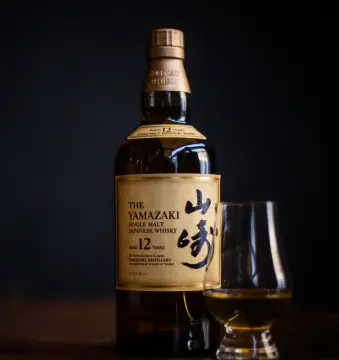
Japanese Whisky
Japan learned how to make whisky from Scotland, therefore the techniques and characteristics are quite similar. It concentrates on peated single malts, which are regarded to be exceptionally remarkable whiskies.
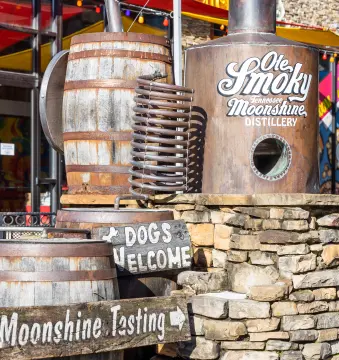
Moonshine
Moonshine is a sort of unaged whisky known in Ireland as “white dog” or “potcheen.” It’s essentially straight off the still whisky (perhaps diluted) without the mellowness, colour, or other flavours that oak barrels contribute. It used to be limited to backwoods stills and illegally manufactured homemade alcohol, but it now has a booming legal sector.









